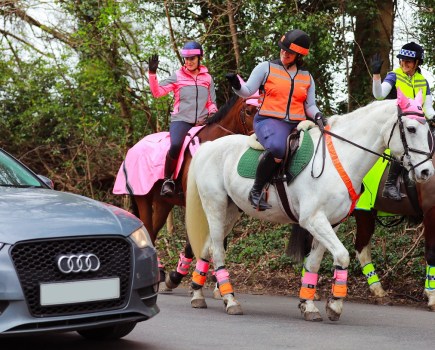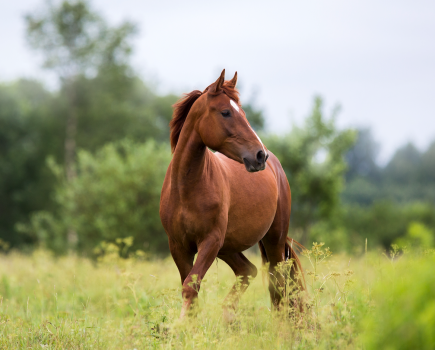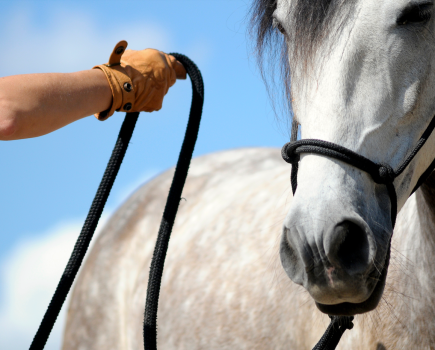Equine-related crime threatens not only your equipment, but your horse too. Follow our advice and our 12 simple steps to keep your horse and his kit safe and secure.
1. Prepare for the worst
 Burglaries happen every day, so be prepared for every eventuality by having appropriate insurance in place
Burglaries happen every day, so be prepared for every eventuality by having appropriate insurance in place
2. Lock it away
Many tack rooms are in secluded areas and sit unattended for long periods of time. This creates easy opportunities for thieves – so keep your tack locked away.
3. Know your padlocks
Check with your insurer which types of lock they require you to have on your tack room door to ensure you’re covered.
4. Sense movements
 Noise and light are effective burglar deterrents so consider investing in outdoor motion sensors. It’s possible to find ones that can be triggered to do anything, from turning on a light to switching on a recording of a dog barking inside.
Noise and light are effective burglar deterrents so consider investing in outdoor motion sensors. It’s possible to find ones that can be triggered to do anything, from turning on a light to switching on a recording of a dog barking inside.
5. Caught on camera
CCTV is becoming a popular choice for many horse owners. There are a variety of packages available to help you monitor your property while you’re not there.
6. Mark your tack
 Have your tack security marked by a recognised company, such as Horsewatch. If tack isn’t identifiable then it’s unlikely to be recovered if stolen.
Have your tack security marked by a recognised company, such as Horsewatch. If tack isn’t identifiable then it’s unlikely to be recovered if stolen.
7. Create a list
Create an inventory of your tack and equipment, including descriptions, serial numbers and details of any security markings. This list will be useful in the event of an insurance claim.
8. Mark your rugs
 Mark rugs with your horse’s freezemark or your postcode – use a two-part epoxy paint that will soak into the fabric or iron on adhesive lettering. On light-coloured rugs, a permanent marker pen will do.
Mark rugs with your horse’s freezemark or your postcode – use a two-part epoxy paint that will soak into the fabric or iron on adhesive lettering. On light-coloured rugs, a permanent marker pen will do.
9. Keep a record
Save receipts for any major purchases and take photographs of any unusual and expensive items to keep on record.
10. Keep your horse’s passport safe

It’s illegal to sell, export or present a horse for slaughter without a valid passport. Keep your horse’s passport securely locked away at all times.
11. Get snappy
Your horse looks different in the summer and winter when his coat changes or when he’s clipped. It’s vital to take photographs of him throughout the year for identification purposes.
12. Keep your horse secure
If you keep your horse at grass – be that 24/7 or for short periods – ensure all fencing and gates are secure by using a padlock and chain. Secure gates on both sides so that they can’t be lifted off the hinges.








